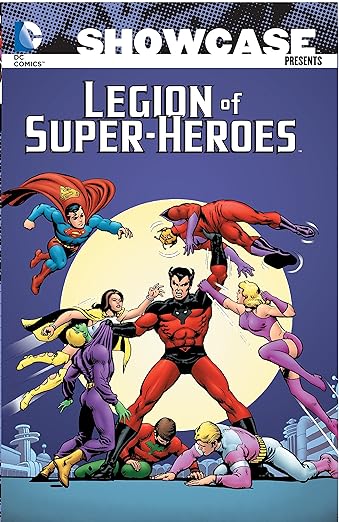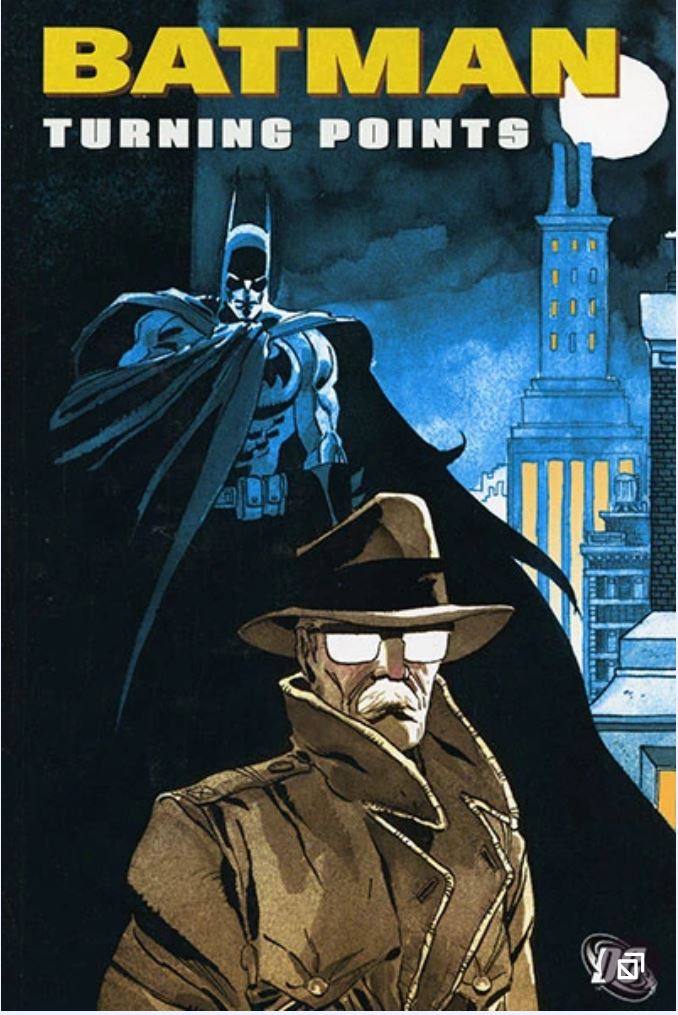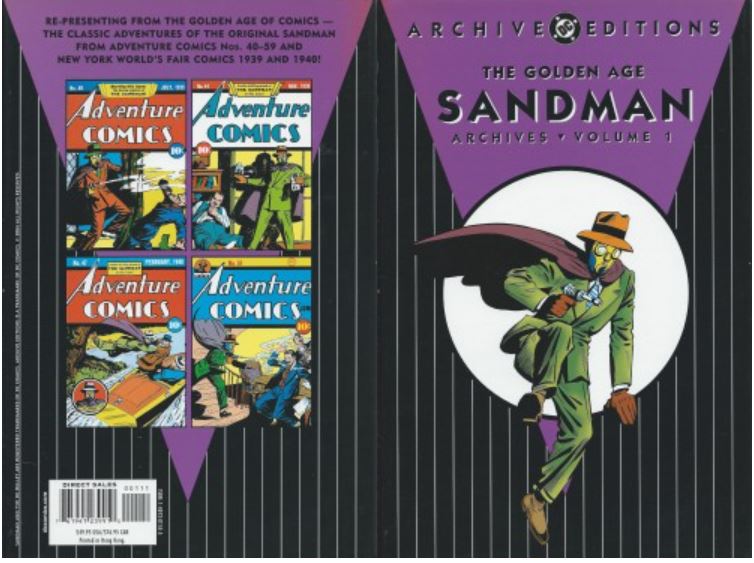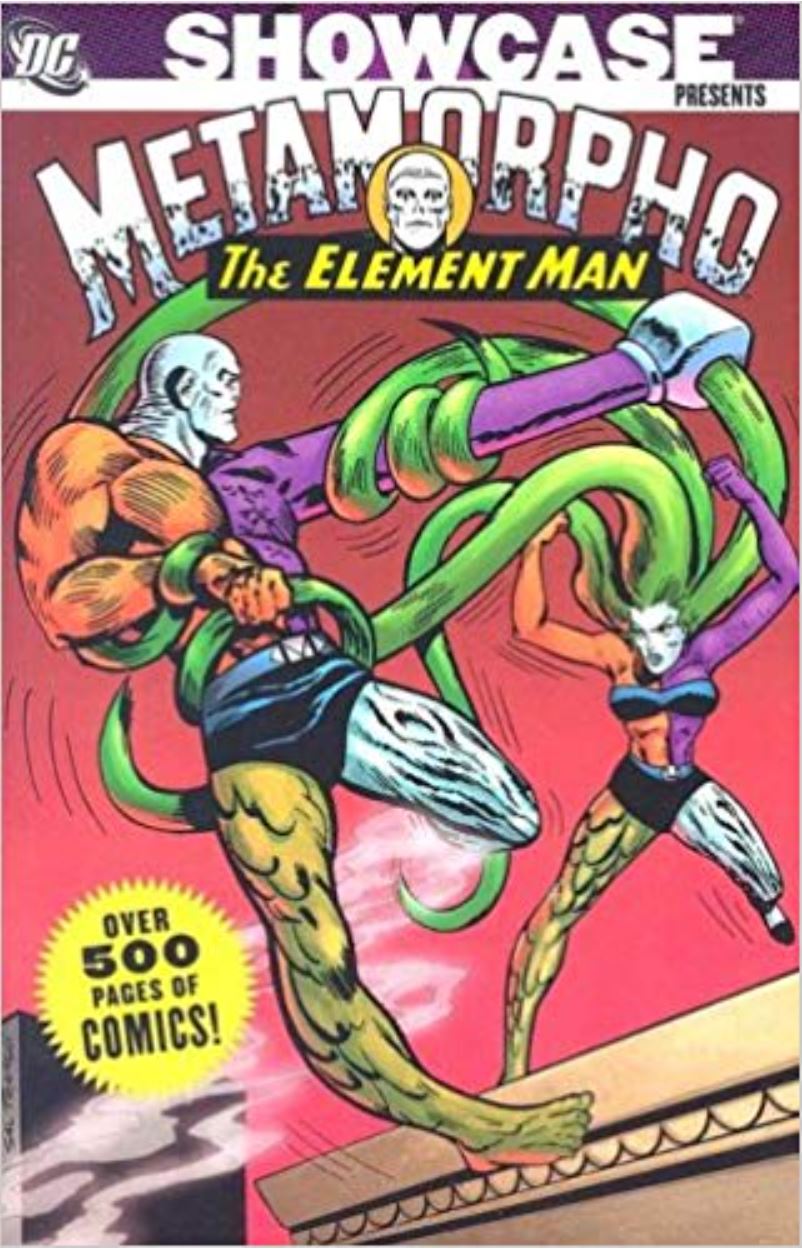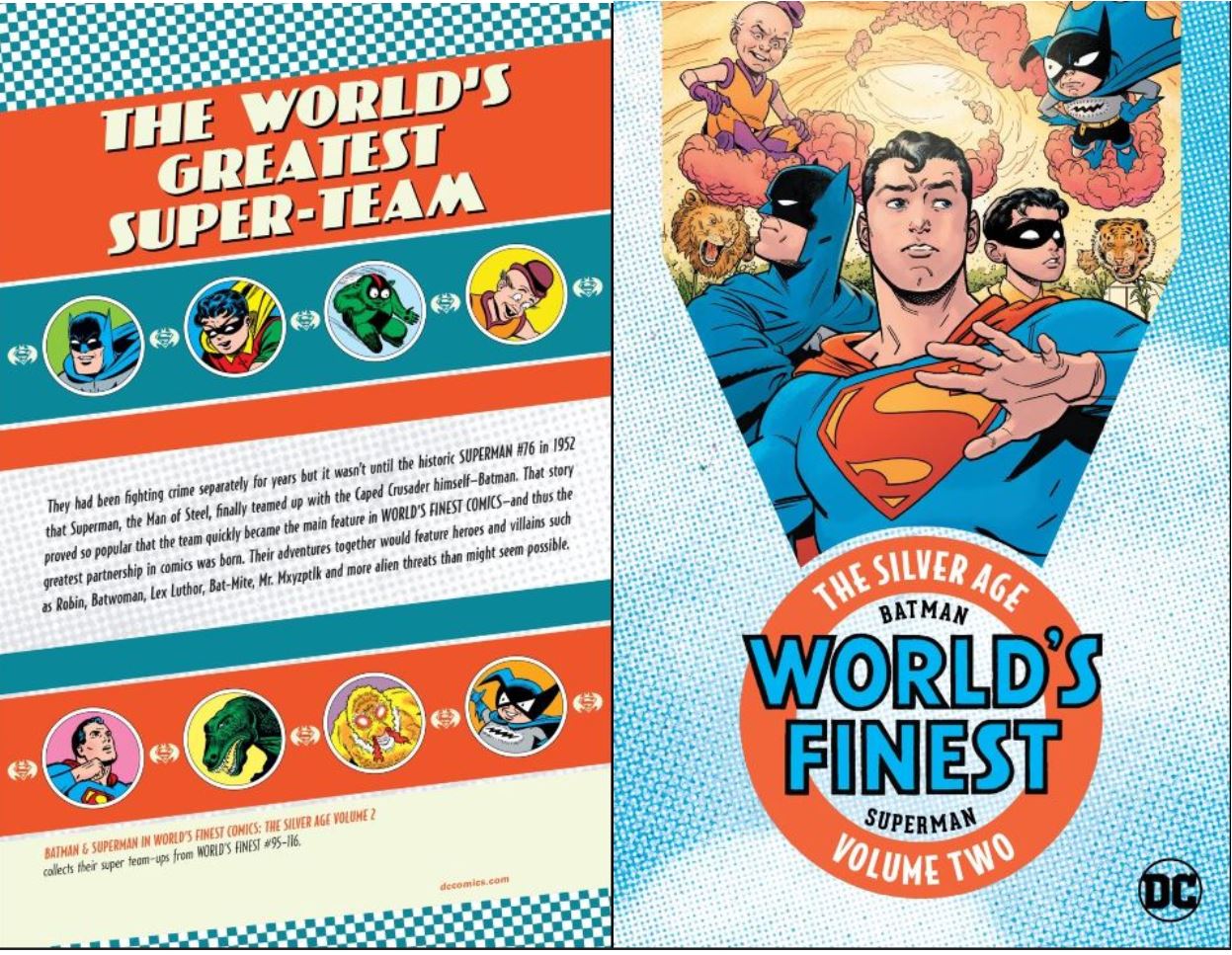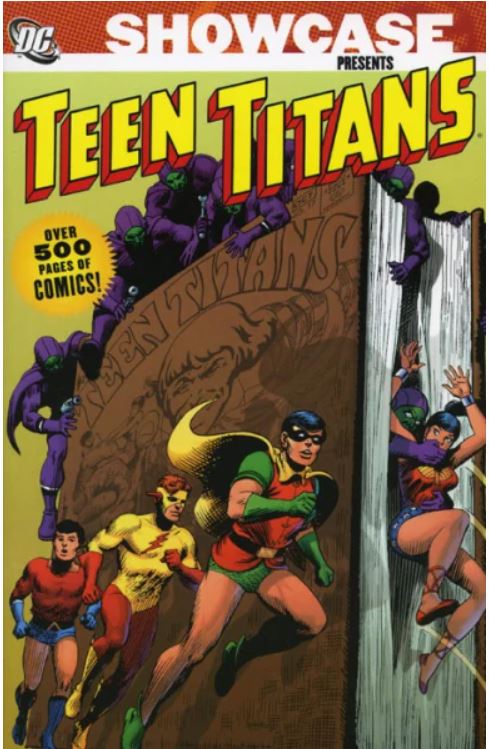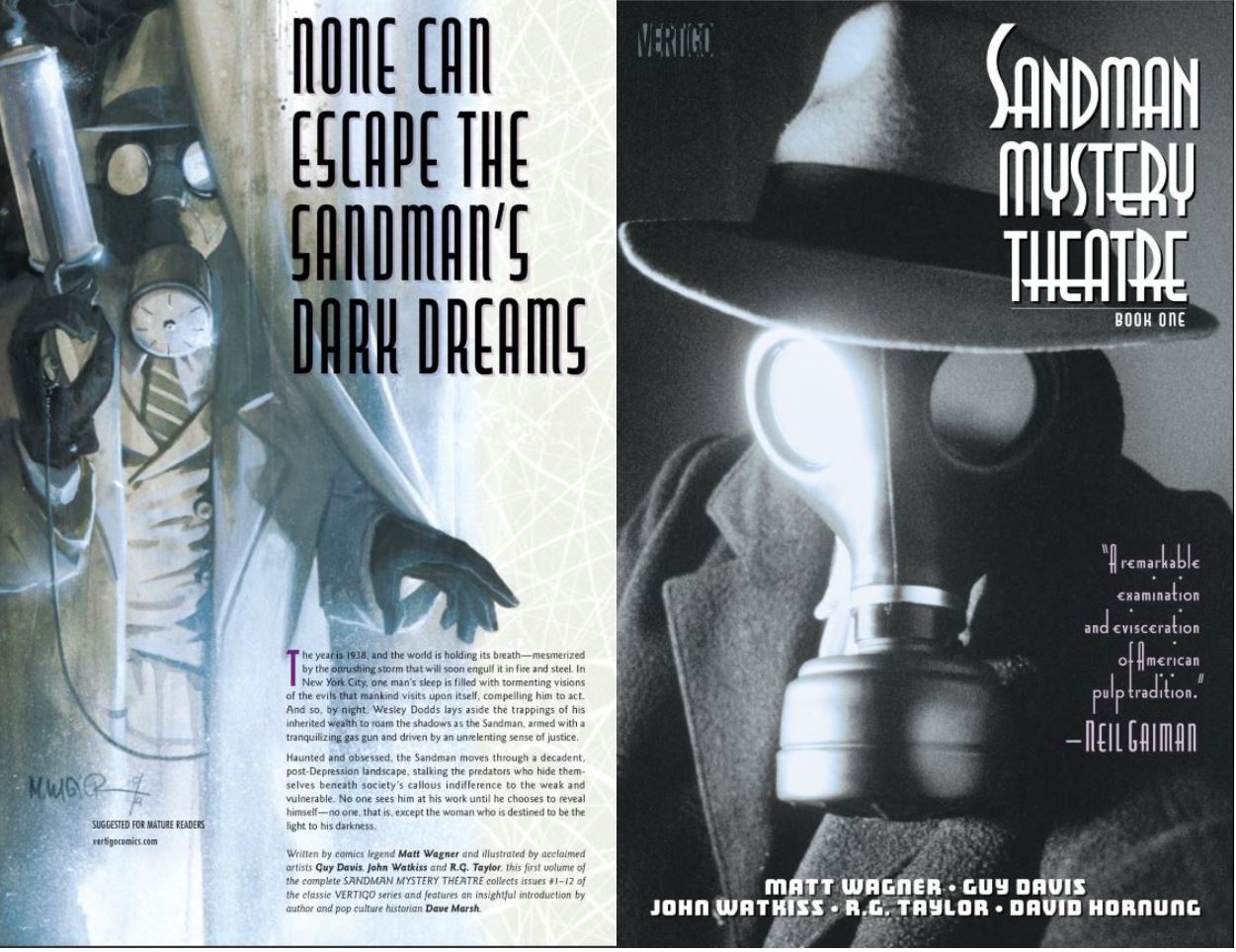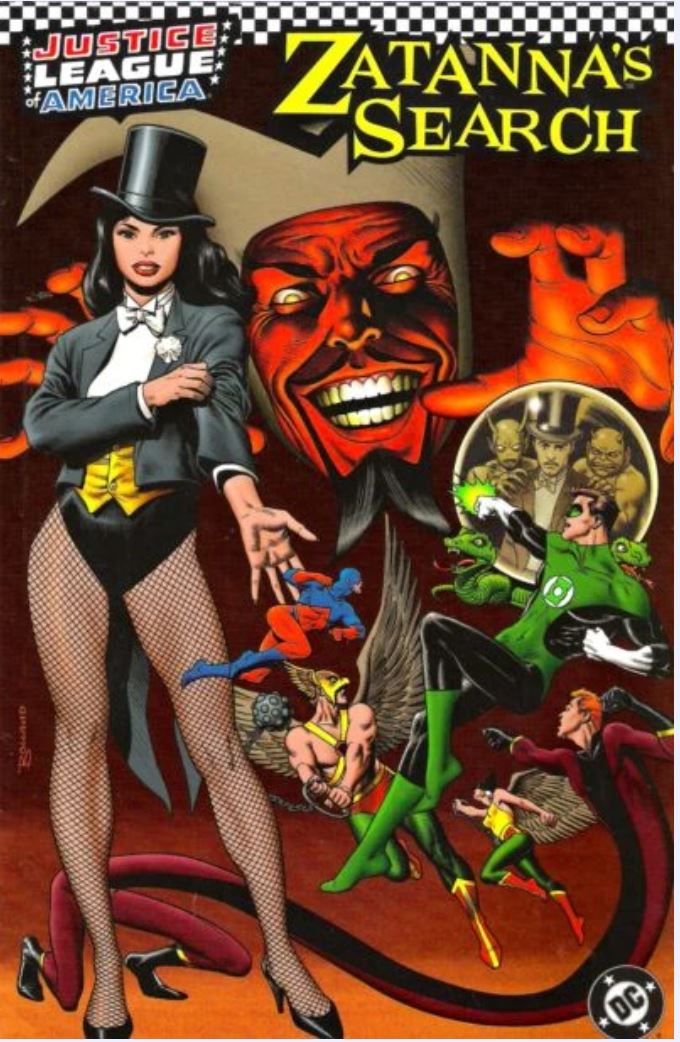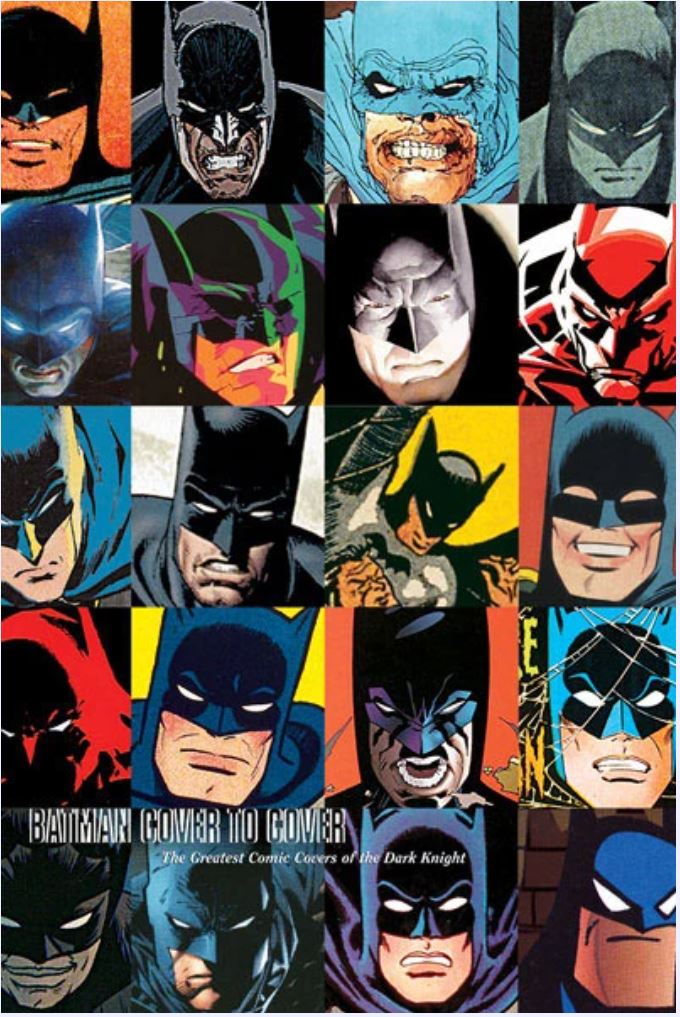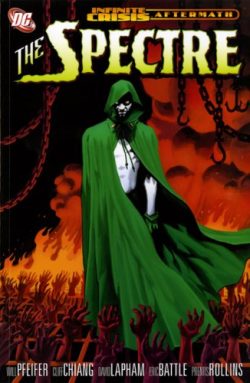
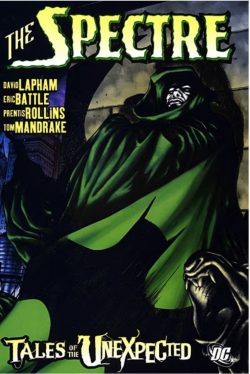
By Will Pfeifer & Cliff Chiang, David Lapham, Eric Battle, Prentis Rollins, Tom Mandrake & various (DC Comics)
ISBN: 978-1-84576-577-X (TPB Aftermath): 978-1-84576-668-9 (TPB Unexpected)
The Spectre first appeared in More Fun Comics #52 (cover-dated February 1940), brainchild of Superman co-creator Jerry Siegel and artist Bernard (Hourman) Baily. Jim Corrigan, a murdered police detective, was ordained an open-ended mission by a glowing light and disembodied voice to fight crime and evil: swiftly becoming one of the most overwhelmingly powerful heroes of the Golden Age.
The astral avenger has been revamped and revived many times since. Latterly and powerfully (by John Ostrander &Tom Mandrake) revealed to be God’s Spirit of Vengeance bonded to a human conscience, Corrigan was finally laid to rest and Hal Jordan replaced him. Jordan was a Green Lantern who nearly destroyed the universe when possessed by antediluvian fear-parasite Parallax, before redeeming his soul and sacrificing his life to reignite our dying sun in the Final Night miniseries.
Bonded and bound to The Spectre force, Jordan became more a Spirit of Redemption than Retribution and, following a complex series of events in the wake of the Infinite Crisis was resurrected as a mortal superhero – leaving The Spectre without human guidance or scruple…
Collecting 3-part miniseries Crisis Aftermath: The Spectre and the lead stories from Tales of the Unexpected #1-3, this book follows the Ghostly Guardian’s search for a new host. This it finds in the reluctant, intangible form of by-the-book cop Crispus Allen, a black detective in Gotham City’s police force, and a just man callously murdered by fellow officer/ dirty cop Jim Corrigan (no relation to the original).
Will Pfeifer (Batman, Catwoman, Blood of the Demon) & Cliff Chiang (Human Target, Paper Girls, Wonder Woman) open the account in ‘Dead Again’ as The Spectre tries to convince what remains of angry atheist Allen to bond with him and jointly dispense Heavenly Justice. It then must prove the validity of the admittedly random and illogical way the Spirit of Retribution selects targets/victims from the billions of murderous sinners in sore need of the grim phantom’s personal, bloodily ironic attentions.
Subtle, compelling and challenging, the inescapable tragedy of the ending lends desperately needed depth to a timeless character far too powerful for traditional tale-telling. It is followed by the first quarter of an 8-part epic by David Lapham, Eric Battle &Prentis Rollins that featured in DC’s revival of the classic anthology title Tales of the Unexpected.
Slum-lord Leonard Krieger has been murdered in one of his own rat-traps. He was found chained and tortured (for two weeks) in the foul basement of a tenement filled with desperate people and outcasts on the edge of society. When he was very nearly dead Krieger was then stabbed repeatedly. There’s certainly no shortage of suspects…
Crispus Allen may be dead but he’s a still a detective and knows there’s a terrible secret buried in the wasteland of the Granville Towers. So do investigating officers Marcus Driver and Josh Azeveda. When The Spectre identifies and dispatches the killer it seems the case is over, but all the dark mysteries of the tenement are not yet revealed and all the horrors within keep calling out to both the harassed unsettled cops and Allen as well…
David Lapham (Shadowman, Stray Bullets, Silverfish) took The Spectre into uncharted waters with this raw and savage portmanteau saga. Rather than one baroque crime and one appropriately grisly punishment, he examines the nature of evil by focusing on all inhabitants of the slum and their degree of culpability in this murder as well as other sins. Can every door hide a secret worthy of God’s Punishment? Moreover, does Crispus have the power – and inclination – to temper the Spectre’s awful judgements?
‘The Cold Hand of Vengeance’ is engrossing and challenging stuff, well worth your attention, but to truncate the saga this way (the remaining issues 4-8 are collected in sequel volume The Spectre: Tales of the Unexpected) is annoying and unnecessary. Even with a gallery of alternate covers by luminaries like Neal Adams & Moose Bauman, Michael Wm. Kaluta & David Baron, Michael Mignola, Matt Wagner & Dave Stewart, this brilliant tale screams “unfinished business”…
Spectre: Tales of the Unexpected
Completing the intense horror-suspense begun in Crisis Aftermath: The Spectre murdered detective Crispus Allen returns, newly-bonded to an all-powerful supernatural force and finds himself irresistibly drawn back to the tenement house where slum-lord Leonard Krieger was killed.
Eventually killed. Prior to that he was chained in the basement for weeks, starved, tortured, abused and generally made to regret the miseries he had inflicted on his many tenants. One man has already paid the Ghostly Guardian’s ghastly price for that, but somehow the sin remains unpunished and Allen, as well as GCPD grunts Marcus Driver and Josh Azeveda, are convinced there’s more to know and further horror to come from God’s Spirit of Vengeance.
Already the ameliorating human influence is being challenged and has little effect when the Spectre – unable to leave Gotham – goes on a rampage of grotesque and barbaric retribution in the murder capital of the world. As the police chip away at the mystery of Krieger’s death and the wall of silence from the other tenants of seemingly accursed Granville Towers, Crispus becomes ever more inured to the atrocities humanity perpetrates on a daily basis. Without intervention, he may become more ruthless and relentless than The Spectre itself.
With outstanding guest-appearances by Batman and The Phantom Stranger (the latter illustrated by veteran Spectre illustrator Tom Mandrake) this volume reprints #4-8 of the lead strip in anthological revival Tales of the Unexpected, including original covers by Bernie Wrightson, Mike Huddleston, Bill Sienkiewicz, Art Adams, Prentis Rollins, Eric Battle & Dave Stewart.
A harsh, uncompromising exploration of justice, provocation and guilt, this is not a story for the young or squeamish and the mystery, engrossing though it be, is secondary to the exploration of the events that produced it. Can the modern world still use an Old-Testament solution to sin, or is every crime now too complex for prescribed punishments?
It’s rare for superhero comics to be this challenging but Tales of the Unexpected manages that and still delivers a visceral, evocative thriller that is a joy to read. These are lost gems crying out for a fresh chance to shine in the darkness… and at 128 pages for the first one and 144 for the follow-up, would it be so hard to make them one volume?
© 2006, 2007 DC Comics. All Rights Reserved.

